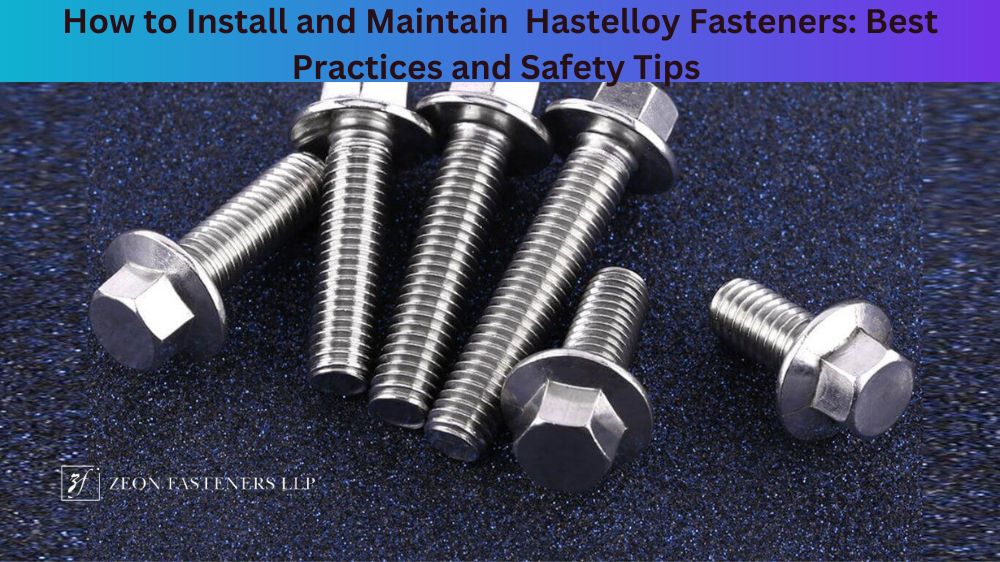Hastelloy, a nickel-based alloy, is a popular industrial material for its strength and corrosion resistance. Hastelloy fasteners are especially popular in the chemical processing, oil and gas, and pharmaceutical industries. Installing and maintaining these fasteners require specific knowledge and skills, however. In this blog post, we will go over the best practices for installing and maintaining Hastelloy fasteners and the safety tips to ensure a successful and safe process.
Methods of Installing and Maintaining Hastelloy Fasteners
Choosing the right type of Hastelloy fastener:
Because Hastelloy can come in various alloys, choosing the right type of fastener for your specific needs is essential. Hastelloy C276, for instance, is exceptional for corrosive environments, while Hastelloy B2 is more resistant to hydrochloric acid. Hastelloy X is perfect for high-temperature applications, while Hastelloy G-30 is preferred for phosphoric acid environments. Knowing the differences will ensure your fasteners perform optimally in the intended environment.
Inspecting and cleaning fasteners before installation:
Before installation, you should inspect your fasteners to ensure they are free of defects, cracks, or deformations. Any mischievous fasteners can impede your machine’s integrity. Moreover, cleaning rust, debris, and dirt from the fasteners will prevent corrosion and enhance their lifespan.
Torqueing fasteners correctly:
Hastelloy fasteners tend to have a high yield strength, which means tightening them too little or too much can cause significant damage. Ensure you follow the manufacturers’ torqueing guidelines cautiously to avoid cracking or damage to the fasteners.
Maintaining fasteners regularly:
Like any other material, Hastelloy fasteners require regular maintenance. Inspect the fasteners regularly for wear and tear, cracks, and corrosion. If you notice any damages, replace the fasteners immediately to prevent possible accidents.
Safety measures:
Hastelloy fasteners may have sharp edges or points, so use protective gloves. In addition, always wear protective gear like goggles and earplugs to avoid injury from unexpected accidents, such as flying debris. Follow safety protocols strictly in case of any emergencies.
Conclusion:
Hastelloy fasteners are quality materials for industrial applications like chemical processing, oil, gas, and pharmaceutical industries. However, proper installation and maintenance guidelines should be followed to ensure they function optimally and maintain their longevity. This post has offered you essential best practices and safety tips to ensure that you can safeguard your machine’s integrity and safety while dealing with Hastelloy fasteners. Apply these best practices in your next installation or maintenance process, and you won’t regret it.






